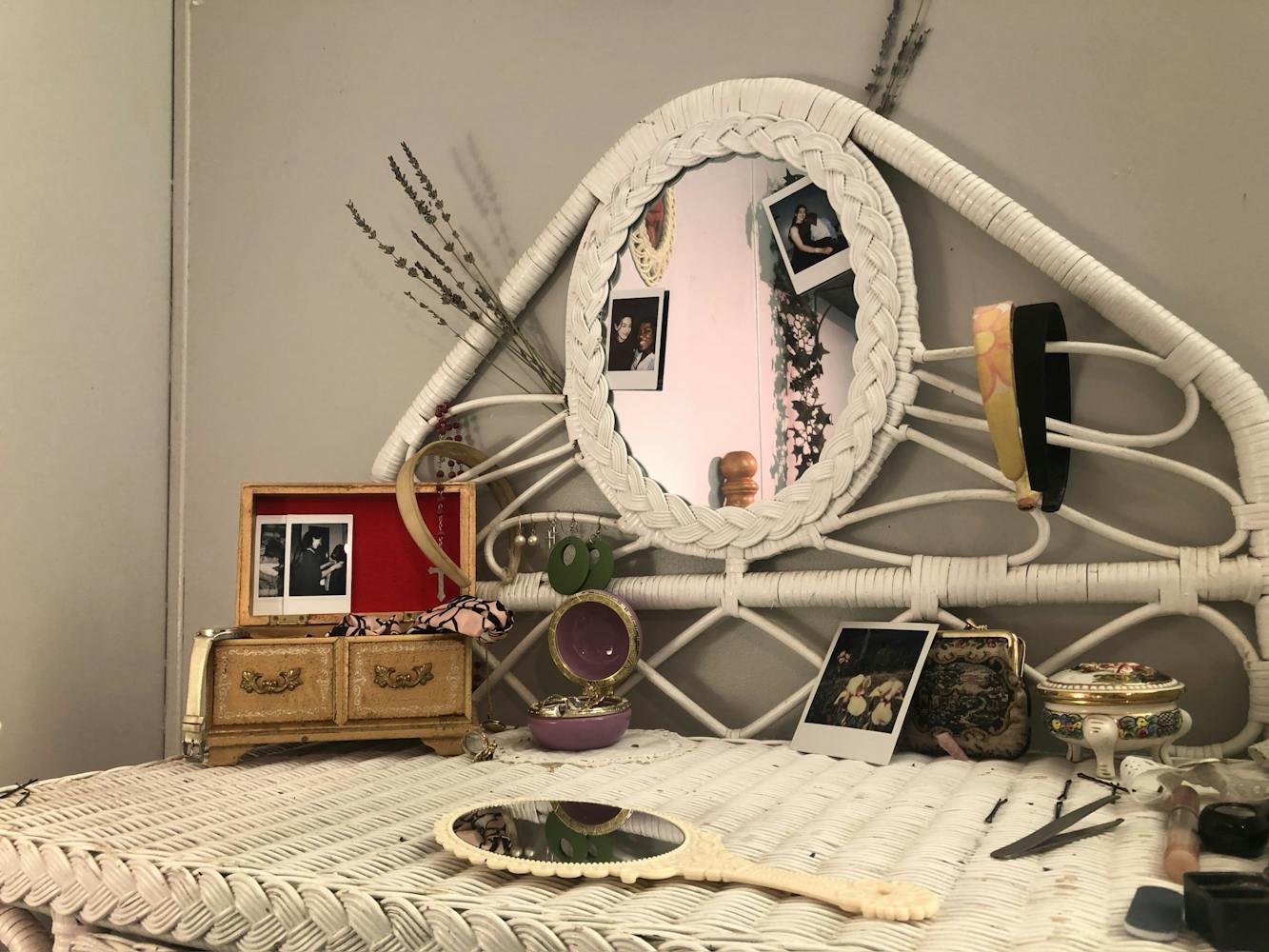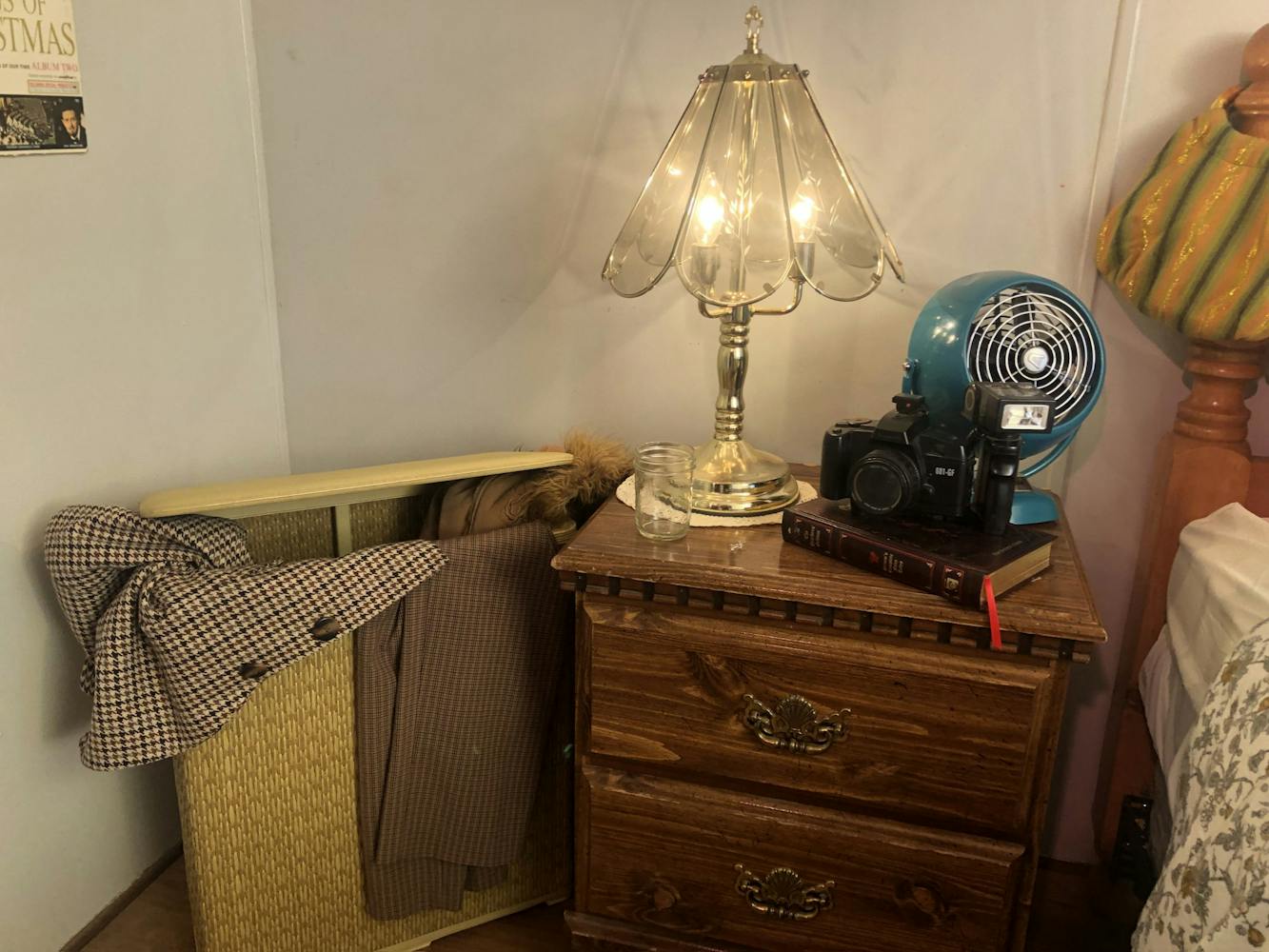There’s a certain lifeless element to the modern blockbuster that’s difficult to pin down. Culprit not discussed often enough are the set designers and dressers; when done well, their work lends a deeper and more nuanced understanding to the characters and themes. When done poorly, it can kill a film.
Though our on screen characters are hotter than ever, there’s an increased sterility in the way they move through their worlds; their arcs feel flat, their emotional situations contrived and their relationships to each other underdeveloped. Some of these issues originate from the performers themselves, but even more from the directors, screenwriters and producers who push out low-quality schlock with little regard for culture or art. There’s no question about it; something is rotten in the state of the blockbuster.
Think of the corporate unoriginality of movies like “Red Notice” or the suburban minimalism of the Avengers compound in “Avengers: Endgame.” Part of this is color and cinematography, yes, but much more of it is the construction of spaces that are unconducive to life.
It’s easy to pin the lifelessness entirely on the green screen — when an actor doesn’t exist in a physical world, how can they be a part of it? The issue, though, is evident even in entirely practical scenes — much of 2022’s “Uncharted,” a bland catastrophe, was filmed on location. This shows that the illness isn’t just in the rise of computer-generated imagery.
The best way to get to a solution is through positive examples, some of the best come from Steven Spielberg. Take Alan Grant’s camper in 1993’s “Jurassic Park.” Only seen briefly, when John Hammond tells Grant and Ellie Sattler about the park, the camper, with roughly three minutes of screentime, still is able to establish each character’s relationship to space, each other and the audience.
Part of this realism is the fluidity of the environment — when Grant enters, the wind unsettles the papers on the wall, the actors explore around the space, the shot is wide enough to take it all in and there’s a distinct set of mess. Hammond, distinctly capitalist, treats the space as his own. There’s a disorder to it; the space is lived in, but it also informs the audience’s view of Grant’s internal conflict regarding fatherhood. It’s telling in an entirely visual manner.
Proper set dressing thinks of sets and props not as pure visual representation of place, but as a metaphor, just in the way written dialogue isn’t exactly speech but rather a metaphor for speech — the camper in “Jurassic Park” is not just the camper, but representative of Grant. When the setting is bare, the characters become so as well.
What “Jurassic Park” understands is that set dressing is not just a matter of replicating reality. While family photos might make a space feel occupied, they don’t make it feel lived in, because it doesn’t tell us anything substantive about the character. What’s the point of replicating minimalism because it’s a trend of the era if there isn’t something about it that visually informs the storytelling?
Take, for example, the set dressing by Mia Cota on Lien Maata’s capstone film “When the Lavender Wilts;” the dresser (pictured above) doesn’t just show a lived-in mess, but a state of disarray that suggests peaceful cohabitation and contentedness. The photos are in particular places to be seen, not by others, but by the subjects. Though not a blockbuster by any means, this attention to detail, which mimics the primary characters and conflict, should be adopted across the board.
The key to returning life to high-budget film, is to make set dressing a decision again; filmmakers should do away with minimalism, return to mess, and trust their audiences to read their films visually, in addition to the performances and script—as time proves, they’ll be better remembered for it.
Spenser Willden is the culture editor at the Daily Lobo. He can be reached at culture@dailylobo.com or on Twitter @spenserwillden
Get content from The Daily Lobo delivered to your inbox








